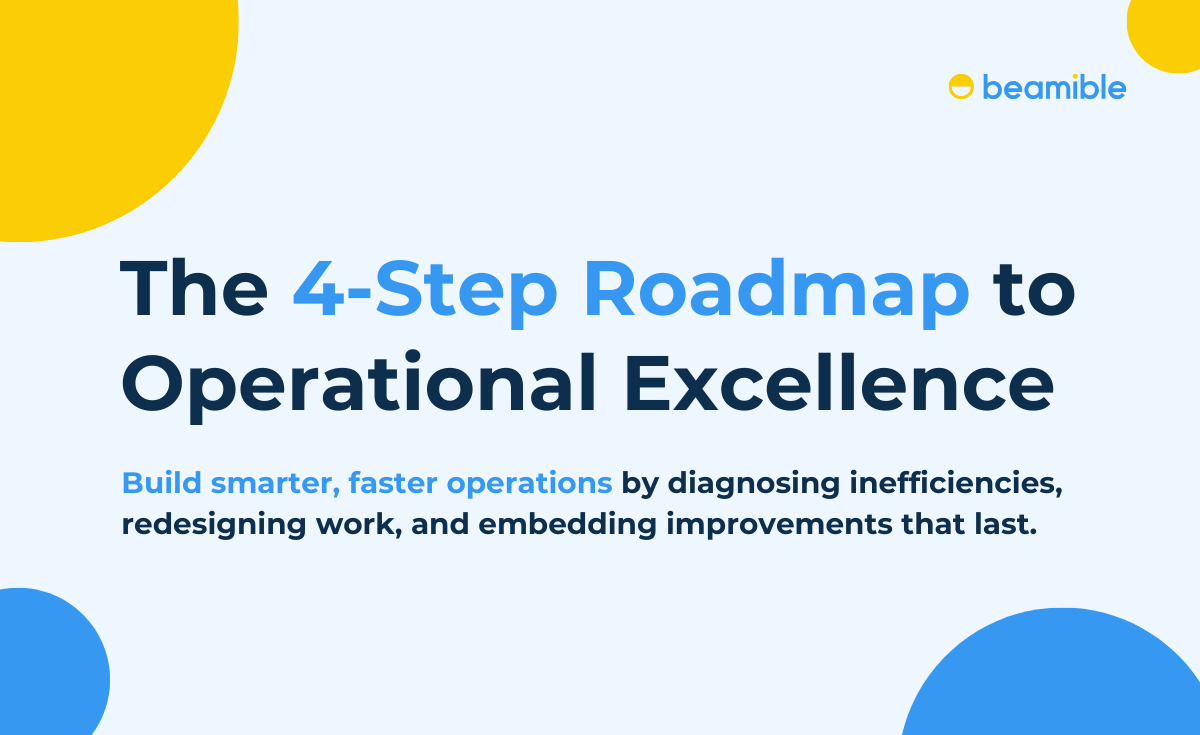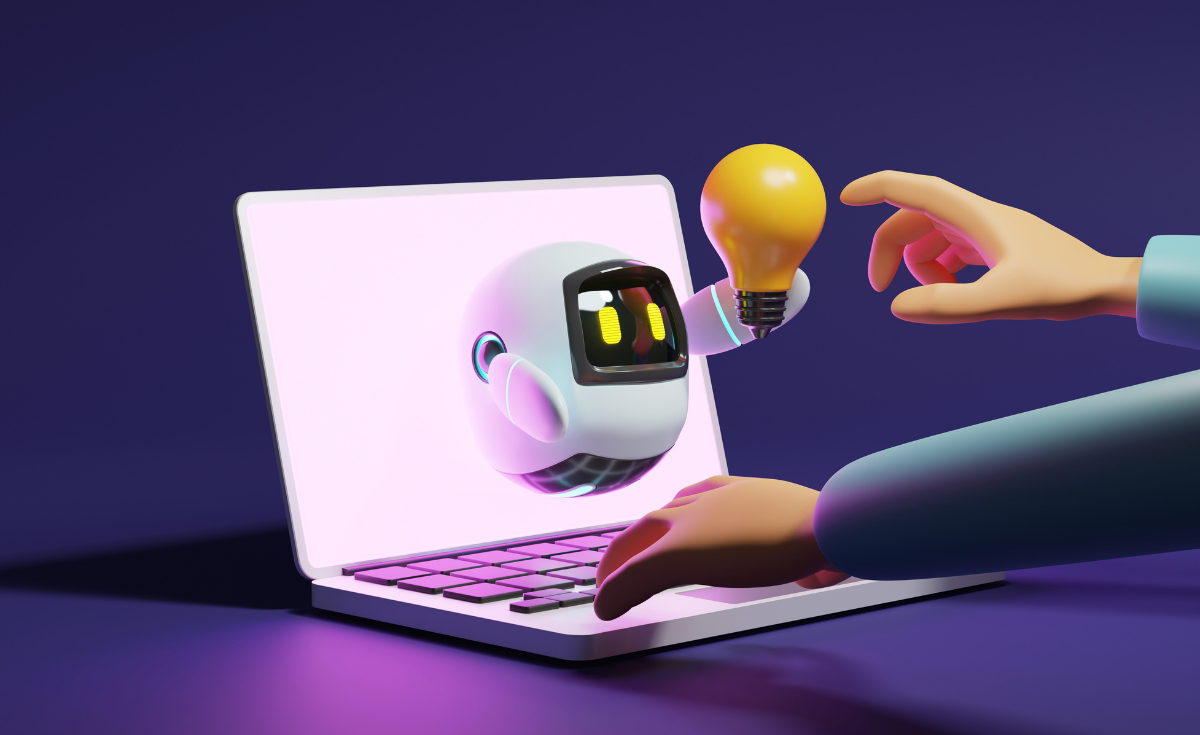Welcome to a new era of human resources. As an HR leader, your role is about much more than managing hiring and resolving disputes. It’s about shaping and inspiring the very essence of your organization: its people. And one tool that is rapidly gaining recognition for its transformative potential in this area is role design.
In a rapidly evolving workplace, the traditional, rigid job descriptions no longer suffice. They can be restrictive and fail to tap into the full potential of your employees. This is where role design comes into play. But you might be asking, what is role design? How can it be leveraged to foster a dynamic, engaged, and productive workforce?
In this blog post, we’ll delve into the fascinating world of role design, along with its counterparts: work design and job crafting.
We’ll explore how these approaches can offer innovative solutions to modern-day workplace challenges and how they can be the game-changers in your HR strategy.
So, if you’re ready to revolutionise your approach to HR, read on. The future of your workplace starts here.
What is role design?
Let’s start with the basics: what is role design?
In essence, role design is the process of defining and structuring individual roles within an organization. It involves outlining the responsibilities, skills, relationships, and goals associated with each position. But it’s not just about listing out job duties.
Role design is about creating roles that align with the individual’s strengths, passions, and career aspirations, as well as the strategic goals of the organization.
Here’s why it matters: a well-designed role can significantly improve an employee’s job satisfaction and productivity. When employees feel that their roles align with their skills and interests, they are more likely to be engaged, motivated, and committed to their work. In contrast, poorly designed roles can lead to confusion, frustration, and disengagement.
But role design isn’t a one-and-done task. It’s an ongoing process that requires regular reassessment and adjustment to accommodate changes in the individual or the organization.
As an HR leader, your role is crucial in this process. By understanding and implementing effective role design, you can contribute to a more engaged and productive workforce, ultimately driving your organisation’s success.
In the next section, we’ll delve deeper into how you, as an HR leader, can leverage role design in your organisation.
The role of the HR leader in role design
Now that we understand what role design is and its importance, let’s explore how you, as an HR leader, can use this approach to make a significant impact in your organisation.
Firstly, recognise the uniqueness of each individual in your organization. This starts with understanding their skills, interests, and career aspirations. Regular check-ins and performance reviews can provide valuable insights into these areas. Remember, role design is about aligning individual roles with the person, not just the job description. This can be referred to as hyper-personalisation.
Secondly, use these insights to shape and refine roles. This could mean adjusting responsibilities, providing opportunities for upskilling, or even creating entirely new roles. Be open to flexibility and change. The world of work is evolving rapidly, and your organisation must adapt to stay ahead.
Next, ensure that roles are well-defined and clearly communicated. Ambiguity can lead to confusion and frustration, hindering productivity and engagement. Make sure that each employee understands their role, its importance in the organization, and how it contributes to the overall goals of the team and the company.
Lastly, remember that role design is a continuous process. As individuals grow and the organisation evolves, roles should be reassessed and adjusted accordingly. Regular feedback and open communication are vital in this process.
Now, let’s expand our understanding further by introducing two related concepts: work design and job crafting. Read on to see how these pieces of the puzzle fit together with role design.
Introduction to work design and job crafting
Let’s pivot our focus towards two concepts that go hand in hand with role design: work design and job crafting. They’re often considered to by synonymous, but there are subtle differences.
Understanding these terms will provide a more holistic view of how we can create a workplace that not only achieves organisational goals but also fosters employee satisfaction and engagement.
Work design refers to the way work tasks and roles are structured, organised, and managed within an organization. It considers factors such as task variety, job autonomy, and feedback mechanisms, which play a crucial role in employee motivation and job satisfaction. A well-thought-out work design can lead to increased productivity, improved employee well-being, and reduced turnover.
On the other hand, job crafting is a more individual-centric approach. It is the process where employees alter their job design in ways that can bring about numerous benefits. This could be in the form of changing the physical and cognitive aspects of the job, altering relationships at work, or even changing their perception of the job. Job crafting enables employees to personalise their jobs, making them more meaningful and satisfying.
You might be wondering how these concepts relate to role design. They are essentially three sides of the same coin. While role design focuses on aligning roles with individual strengths and organisational goals, work design sets up the broader structure in which these roles operate. Job crafting, meanwhile, allows individuals to further tailor their roles and work environment to their needs and aspirations.
By understanding and implementing role design, work design, and job crafting, you can create a dynamic and fulfilling workplace that empowers each individual to thrive. The very popular This Working Life podcast recently did a feature on job crafting and the benefits if you’re keen to learn more.
In the next section, we’ll explore the intricate interplay between these three concepts and how they can collectively revolutionise your HR strategy.
The interplay of role design, work design and job crafting
Diving deeper into the interplay of role design, work design, and job crafting, we can see how these three concepts complement each other in creating a thriving and engaging workplace.
Imagine role design as the blueprint, work design as the construction process, and job crafting as the interior decoration of a house.
Role design outlines the fundamental structure of the job, detailing what is expected and needed from the role.
Work design then assembles these roles into a cohesive structure, considering how tasks are distributed and managed in the organization.
Job crafting allows individuals to add their personal touch, tailoring their work environment and tasks to their liking.
As an HR leader, you have a unique opportunity to influence all three aspects to create a workplace where employees feel valued, motivated, and engaged.
In role design, you have the power to shape roles that align with employees’ skills and aspirations, which can significantly boost their job satisfaction and productivity. By fostering a culture of ongoing dialogue and feedback, you can ensure that roles continue to evolve along with individuals and the organization.
In work design, you set the broader framework within which these roles operate. A well-designed work environment can promote collaboration, streamline processes, and reduce job stress, leading to a more productive and satisfied workforce.
Job crafting, on the other hand, is largely driven by the employees themselves. However, as an HR leader, you can encourage and facilitate job crafting by creating an open, flexible, and supportive work environment. By empowering employees to shape their jobs, you can foster a sense of ownership and commitment, which can further enhance job satisfaction and engagement.
By leveraging role design, work design, and job crafting, you can create a dynamic, engaging, and productive workplace. It’s about moving beyond traditional job descriptions and hierarchical structures, embracing flexibility and personalisation, and acknowledging the unique contributions of each individual.
Remember that the journey towards a well-designed workplace is a continuous process of learning, adapting, and evolving. And as an HR leader, you’re at the helm of this transformation.
Bringing it together
Role design, work design, and job crafting are powerful tools that can revolutionise your HR strategy and transform your workplace.
Embrace the challenge. It’s time to step out of the traditional HR box and explore the exciting possibilities that role design, work design, and job crafting offer. The future of your workplace starts with you.
Remember, as an HR leader, your role isn’t just about managing people—it’s about inspiring them, motivating them, and helping them reach their full potential. So take the plunge, explore these concepts, and start shaping the future of your workplace today. Because the most successful organisations are those that value and invest in their people.





